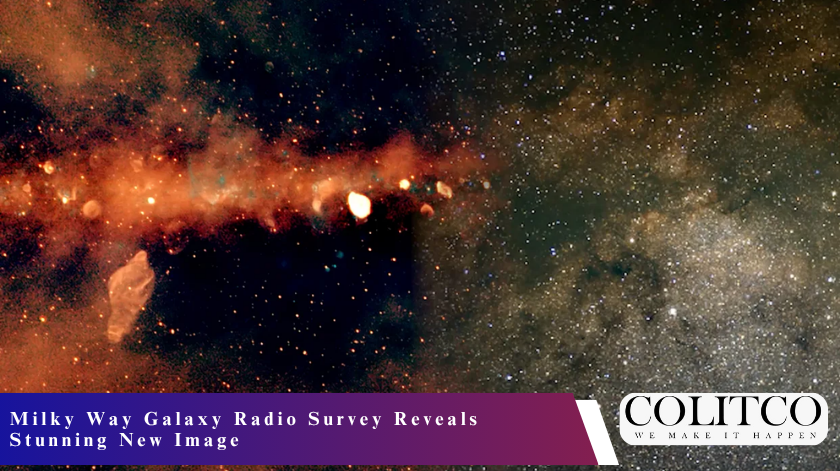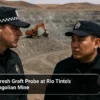Astronomers are the ones who have revealed the most detailed low-frequency image of our galaxy ever made. The Milky Way galaxy radio survey called GLEAM-X utilised the data of the Murchison Widefield Array (MWA), which is in Western Australia.
The survey, which was performed between 2018 and 2020, took 113 nights of observation. Earlier on, a preliminary GLEAM survey was done through 28 days between 2013 and 2014. Collectively, these two attempts provided the most extensive radio picture of the Milky Way to that point in time.
The Milky Way radio image 2025, which has just been released, in contrast to earlier maps, has offered ten times more sensitivity and twice the resolution. The results are a giant leap forward in determining the structure of the galaxy. The image shows the previously unseen details of the formation zones of stars and the remains of very energetic stellar explosions, marking a major new Milky Way radio image discovery in modern astronomy.
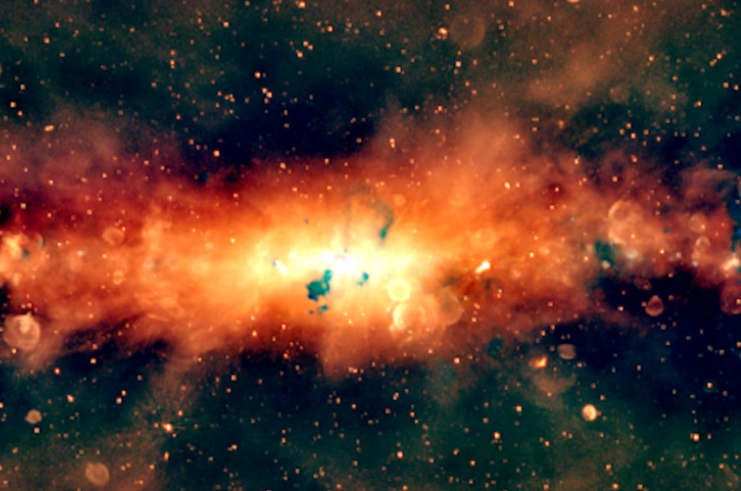
Astronomers unveil GLEAM-X, the most detailed Milky Way radio image.
How Was the Milky Way Radio Image 2025 Created? Producing
Producing this high-quality image involved a lot of work, and a huge amount of computing power had to be used. The team at the International Centre for Radio Astronomy Research (ICRAR), who were involved with the research, states that it took 18 months to process data. Silvia Mantovanini, a PhD student, was the one who led the reconstruction of the radio data. Her task was to merge thousands of separate observations into one large continuous image.
The MWA, which is located in Western Australia on Wajarri Yamatji country, supplied the necessary low-frequency data. These radio waves pick up the universal investment activities that are not visible through optical telescopes. The ultimate composite image presents colours that illustrate various cosmic features red tones signify the remains of dead stars, while blue tints refer to the regions of star birth. This process underpins the incredible achievement of the Milky Way galaxy radio survey, which continues to define new standards in space imaging.
Why Is This New Milky Way Radio Image Discovery Important?
The southern galactic plane now has its first complete low-frequency radio map, which is a mere publication. The map that was created in association with Professor Natasha Hurley-Walker, who also thanked ICRAR for the collaboration, was a “huge breakthrough” for radio astronomy. She further elaborated that previous surveys had never dared to simply get so close to and then be so sensitive to the southern Milky Way region.
Astronomers can now examine star formation and evolution, as well as their influence on the environment around them, thanks to the survey. By spotting dim radio sources, scientists can follow the life cycles of stars pretty much the same way as tracing their birth and death. The discovery of this new Milky Way radio image indeed reveals the cosmic processes to us, which, in turn, tell us the shape and composition of our galaxy. The Milky Way radio image 2025 helps to unlock mysteries of galactic evolution while deepening our understanding of how interstellar materials interact.
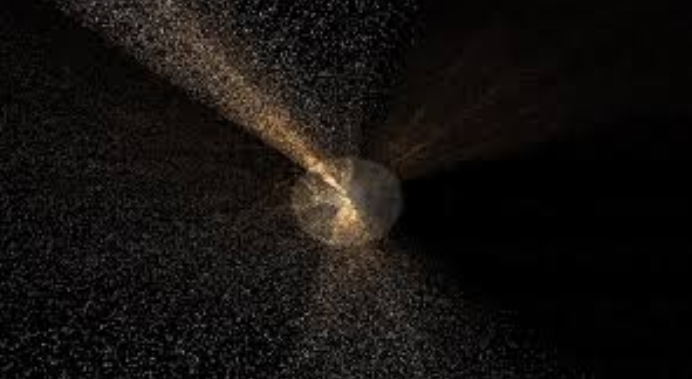
Scientists achieve first complete southern galactic radio map, marking major astronomy breakthrough.
Milky Way Galaxy Radio Survey Demonstrates Advanced Technology
The wide-field, low-frequency imaging capability of the MWA has been a decisive factor in the success of this endeavour. The design of the telescope allows for mapping of vast sections of the sky in a short time. The Milky Way galaxy radio survey under the GLEAM-X project utilised advanced algorithms along with the power of supercomputers to attain a level of clarity that had never been achieved before.
The scientists working on the project are confident that the methods developed will play an important role in radio astronomy, not only for the future telescope known as SKA (Square Kilometre Array) but for the entire field of radio astronomy in future. Once the SKA becomes functional, it will lead to an even deeper understanding of not only the Milky Way but also the remote universe. This effort reflects how the Milky Way radio image 2025 is paving the way for further astronomical exploration and future new Milky Way radio image discovery initiatives.
What Does the Milky Way Radio Image 2025 Show Us?
The picture shows very complex details of the galaxy that have never been seen before. Large red circles indicate the places of ancient supernova remnants, while bright blue areas mark the regions where stars are forming actively. Such a strong visual difference makes it easier for the scientists to spot the places where there is high energy and rapid change. The survey has also brought to light structures that were not known earlier, thereby giving a little hint about the complicated interactions between the magnetic and energetic forces inside the galaxy.
By using different types of light, data from different wavelengths, like optical, infrared, and X-ray, will be cross-referenced. This will lead to a more complete understanding of the Milky Way’s dynamics and history. These insights from the Milky Way galaxy radio survey will serve as a foundation for future cosmic exploration and modelling. The depth and resolution achieved through the Milky Way radio image 2025 make it one of the most significant new Milky Way radio image discovery moments in space science.
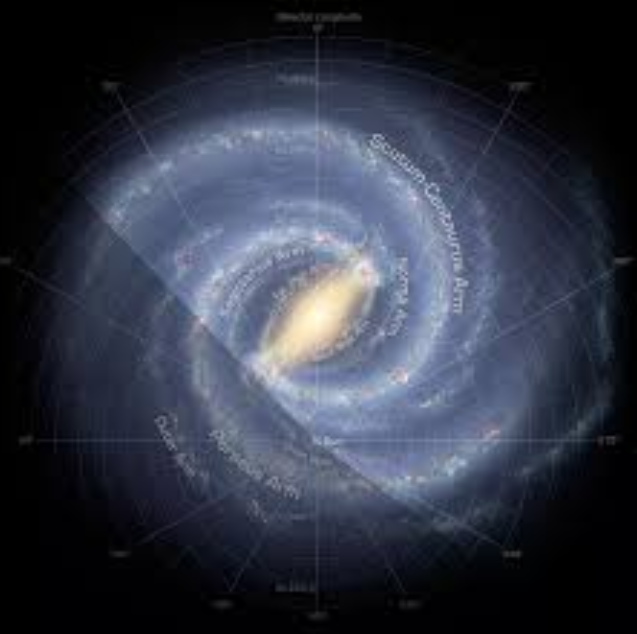
New Milky Way image reveals unseen supernova remnants and vibrant star-forming regions.
What Lies Ahead After This New Milky Way Radio Image Discovery?
The Milky Way galaxy radio survey’s success has opened up new discoveries yet to come. The gathered data will be a major factor in revising the galactic evolution models and in making more accurate predictions about stellar life stages. Besides, it will become an essential tool for multi-wavelength astronomy, thus enabling more accurate comparisons amongst the different types of light.
The scientists have already planned out the SKA’s future surveys to be built on this groundwork. The next goal of the investigation will be to find the galaxy’s outer arms and its core area with even better accuracy. This stellar image signals not merely a glimpse at the Milky Way but also a new era in our comprehension of the universe. With every Milky Way radio image 2025 update, astronomers come closer to unravelling the secrets of our galactic home, making each new Milky Way radio image discovery a milestone in the journey to understand the cosmos.
Also read: Rubin Observatory Stuns with First Space Images
FAQs
Q1. What technology was used for the Milky Way galaxy radio survey?
The cutting-edge Murchison Widefield Array (MWA) radio telescope in Western Australia, which operates at low frequencies, facilitated the Milky Way galaxy radio survey.
Q2. In what ways does the Milky Way radio image 2025 differ from the earlier ones?
The Milky Way radio image 2025 has twice the resolution and is ten times more sensitive compared to the previous radio maps of the Milky Way, marking a groundbreaking new Milky Way radio image discovery.
Q3. What is the significance of low-frequency radio data in astronomy?
The data provides information about celestial objects and phenomena that are unobservable by optical telescopes, such as supernovae and star-forming regions, enhancing the accuracy of the Milky Way galaxy radio survey.
Q4. What are scientists planning after this new Milky Way radio image discovery?
They plan to use the data to study star formation, supernova remnants, and galactic evolution, paving the way for future Milky Way radio image 2025 research and advanced new Milky Way radio image discovery missions.

